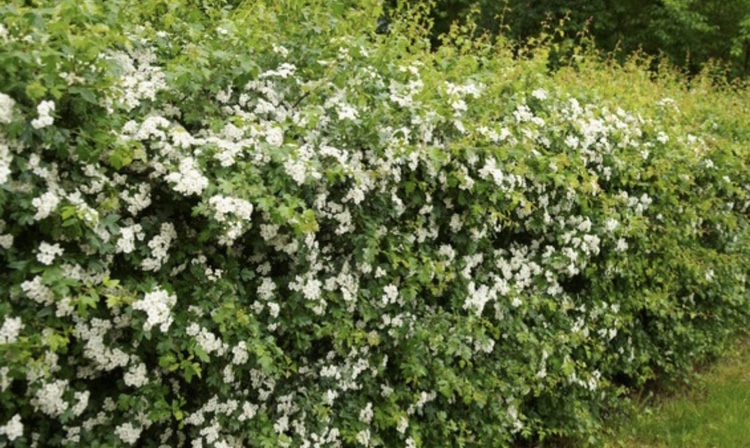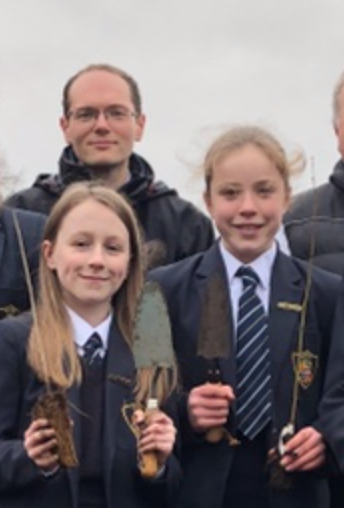STAFF BLOG: Championing the quiet wonders of our natural world

History teacher and RGS wildlife champion David Bruce says that, although hedges are under threat, there is still hope
IF you care about nature, you should care for hedges. They are fascinating but easily overlooked features of our countryside with a deep and complex history. Yet they could play a vital contemporary role in combatting climate change and countering the dramatic loss in biodiversity that characterised too much of the 20th century and risks disfiguring the 21st. We have lost up to half of our hedgerows since Second World War, largely due to changes in farming practice. Such habitat loss goes a long way to explain why 41 per cent of UK species studied by the RSPB have declined since recording began in 1970, with creatures like the hedgehog becoming an increasingly rare sight where they were once common. Yet there is hope.

With nature in trouble, and young people palpably keen to do their bit to help it, we want Ripon Grammar School to play its own small part in halting and reversing these worrying trends. A ‘Branching Out’ grant from the Tree Council will allow us to buy more than 3,000 British-sourced and -grown native trees from Castle Howard Tree Nursery. This will allow us to plant more than 500 metres of the kind of traditional, mixed hedging that serves wildlife best.
The mainstay of our planting scheme will be well-known trees like hawthorn, which can support more than 300 types of insect and provide a crop of brilliant red berries when birds like redwings need it most in the depths of winter. We have also included less well-known but fascinating trees like common buckthorn, the brimstone butterfly caterpillar’s main food plant. As well as the trees themselves, we hope to find funding and volunteers enough to populate the space below and beside each hedge with the most biodiverse mixture of plants possible.
But it will not be enough to simply choose the right trees and plant them lovingly in the right location. For hedgerows to thrive, they need to be actively managed. Indeed, neglect now represents a greater threat to hedges in today’s countryside than active removal. An entirely untrimmed hedge will not long remain a hedge, becoming a line of trees instead. A hedge trimmed every year at the same height is unlikely to thrive or survive long either.
With the help of North Yorkshire County Council’s Education Services’ team and our school groundsman, Mr Sloanes, we will try to follow a ‘goldilocks’ approach of the kind based on research and advocated by charities like Hedgelink. Cutting with care only every two or three years at a slightly raised height each time will help keep life in the hedge, and be essential to ensuring a good crop of berries as most hedgerow trees only fruit on wood that is two or more years old. We will also cut in late rather than early winter, to ensure that all those berries get chance to be eaten! With time, future generations of students may be able to participate in two vital methods of rejuvenating established hedgerows: hedge laying and coppicing.
Our plan, weather permitting, is to begin planting in National Tree Week, the last week of November 2021. With 3,000 saplings, every RGS pupil should have the opportunity to plant at least one, and we’ll soon be recruiting a team of extra enthusiastic ‘Tree Champions’ from all year groups to lead the effort to plant and care for our new linear woodlands. They will also help spread the word, within school and perhaps beyond, about these quiet wonders of our natural world, and our capacity to heal as well as harm that common treasury. Wish us luck!
*If you would like to offer help or support for our hedgerow campaign, which is only partly covered by the Tree Council grant, please email Mr Bruce on BruceD@ripongrammar.com.
To learn more about hedgerows, available grants and how to establish or manage your own hedgerow at home or elsewhere, please visit: www.treecouncil.org.uk www.hedgelink.org.uk https://ptes.org/hedgerow/managing-hedgerows-top-tips/







